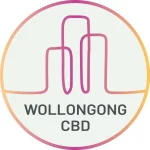The colourful 200-year history, from blacksmiths to street art
Globe Lane today is a colourful, quirky laneway that is home to live music, vintage retailers, eclectic eateries and bars. The lane has seen highs and lows over the 200 years since the original land grant to Edmund Bourke in 1821. We take a peek into the evolution of this beloved community space.
1891: The Blacksmith's Shop
The very first building on what is now the laneway was a Blacksmith's shop, on the corner of Globe Lane and Crown Street.
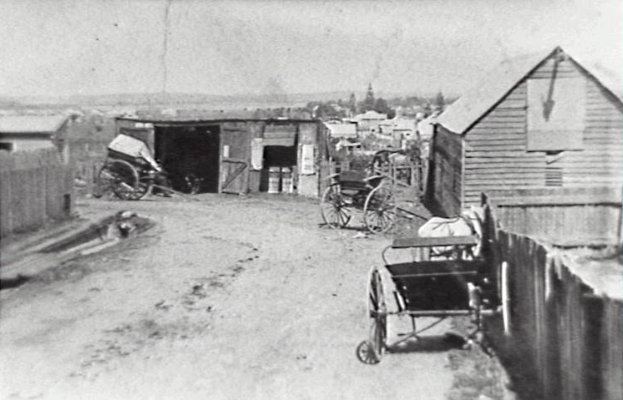
1895: The Great Fire
Disaster struck in 1895, when a fire wiped out buildings from Globe Lane through to the Commercial Hotel on the corner of Crown and Church Streets.
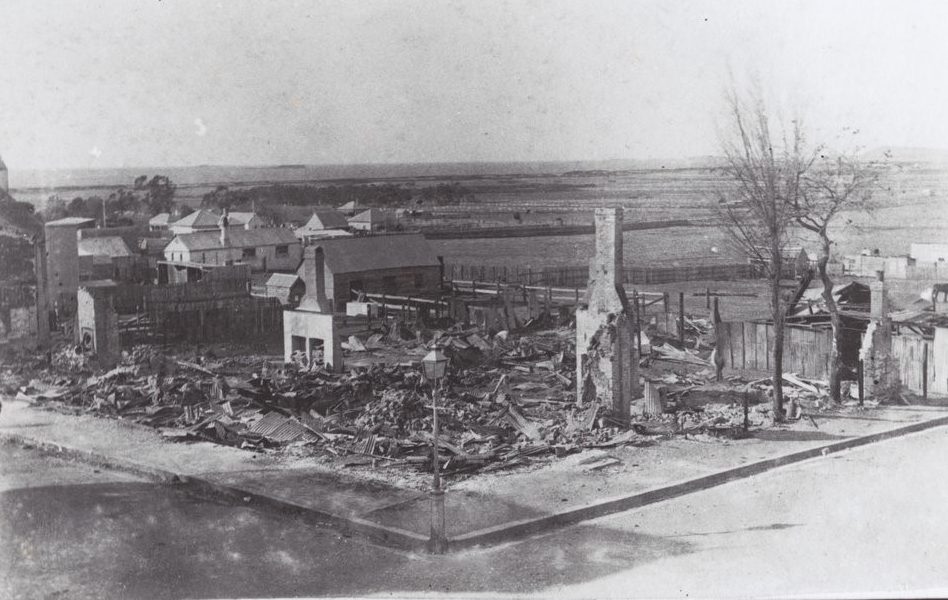
1929: The lane so good we named it twice
In 1929, the Council of the Municipality of Wollongong resumed ownership of the land. The laneway was opened up and named William Street. A short time later, with the realisation that nearby Keiraville already had a William Street, Council decided to rename it Globe Street after the popular Globe Club and Theatre standing at the entrance to the lane.
1936: A community space emerges
To support the growing local population and busy city centre, Council constructed Globe Lane Rest Park with accompanying CWA Tea Rooms in 1936. Workers and shoppers spent their lunch breaks enjoying the sunshine and gardens, with local bands playing on weekends.
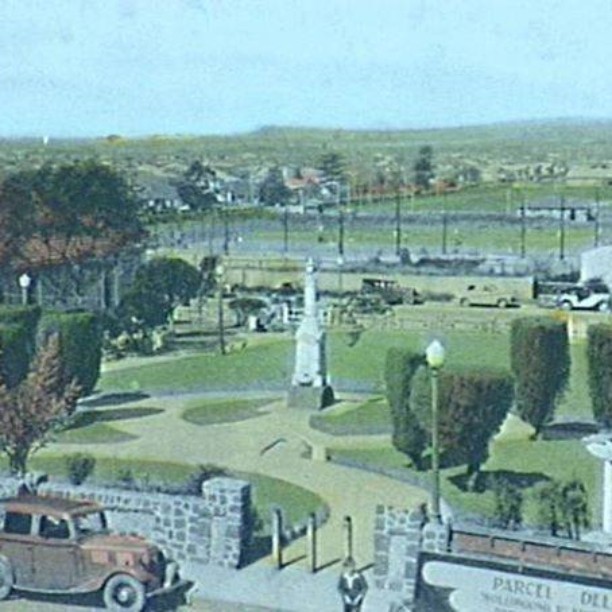
1936: A night at the Savoy
Globe Lane plays an important role in our performing arts history, housing an open-air picture palace, and then the original Globe Theatre from the early 1900s. In 1936 the famous Henry Boland demolished the existing structures to build a luxurious and groundbreaking new cinema.
The Savoy Theatre was designed by architects Crick and Furse in the “Continental Modern” style. With seating for 1,000, the opening night souvenir program describes pastel-coloured interiors, 3,000 feet of neon tubing and a canopy of multi-coloured lights. The opening film was “Poor Little Rich Girl” starring Shirley Temple, with a full program of vaudeville, variety shows and musicals to follow.
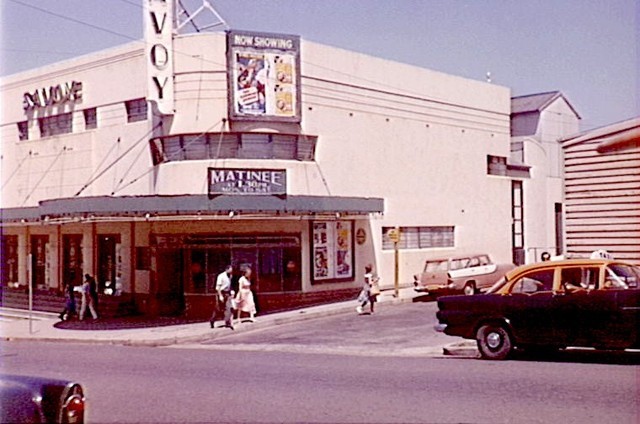
1930s - 1980s: Memorials + Fountains
Between the 1930s to the 1980s, the Rest Park hosted multiple memorials, acting as an important community hub. These include the well-known Mt Kembla Mine Disaster Memorial, Trooper Frank Andrews war memorials, and the iconic Mercury Fountain marking the newspaper's 125-year anniversary.
These important artefacts have been relocated to Maccabe Park and the Wollongong Botanic Gardens.
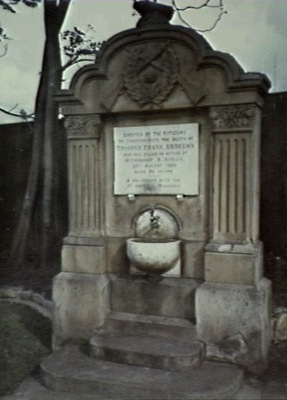
1950s: Modern shoppers
In the 1950s, shopper behaviour evolved, and the first indoor shopping arcades appeared. This gorgeous sketch is from 1958, showing the original (and very modern) Globe Arcade nestled next to the Rest Park on Globe Lane. The arcade still stands today.
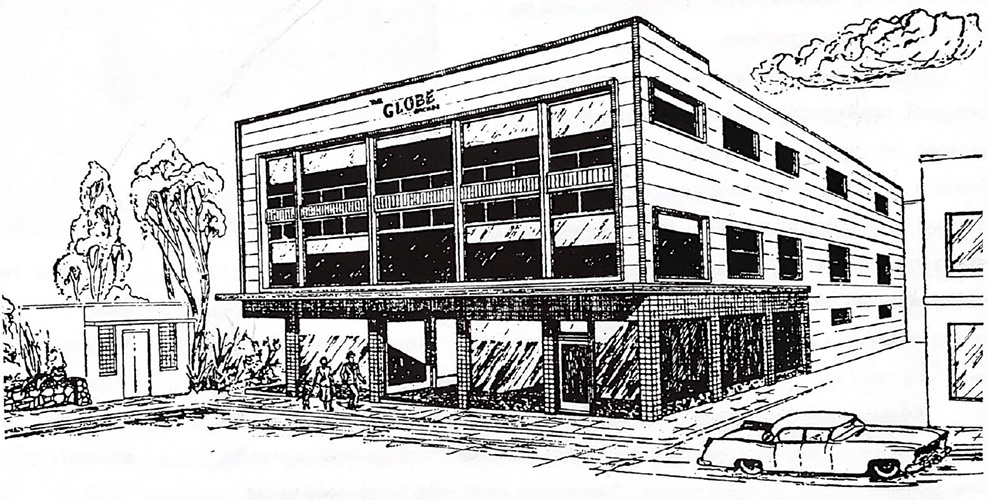
1985: The Gateway Mall
In 1985 construction commenced on The Gateway Shopping Centre and Crown Street Mall. The multi-storey Grace Bros department store was constructed where the Rest Park once stood. Now surrounded by a growing number of commercial buildings, Globe Lane became the outdoor retail and dining precinct that it is today.
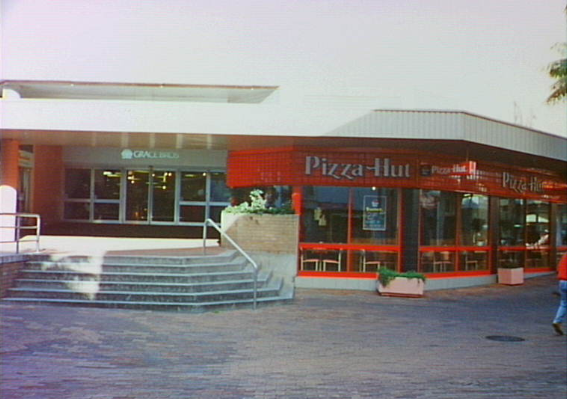
2015-2019: Wonderwalls
Fast forward twenty years, and you'll find Globe Lane filled with spectacular pieces of street art. Many were painted as part of Wollongong's Wonderwalls Festival. You never know what you'll discover on a meander through the eclectic laneway.
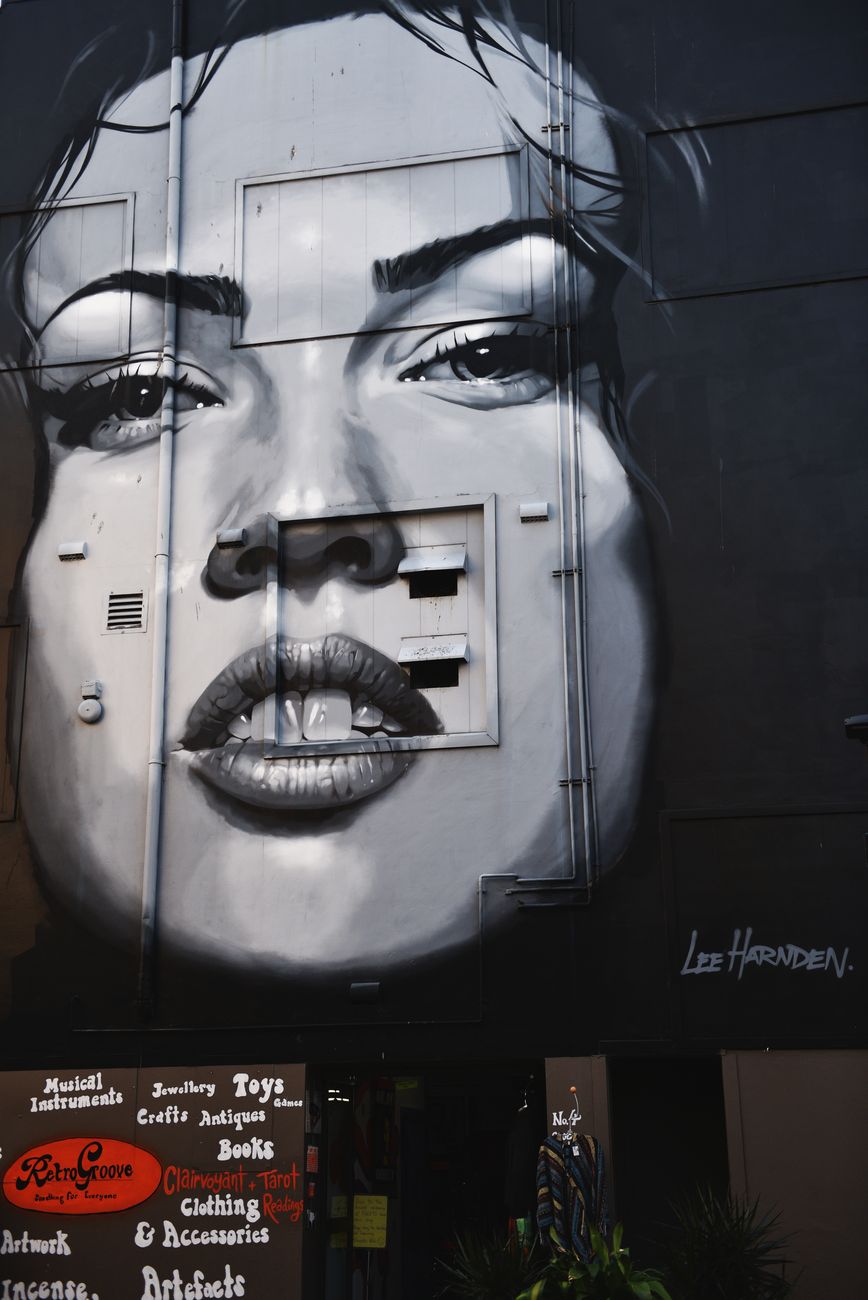
2023: Finding your way to Globe Lane
In 2025 a creative wayfinding and seating project was added to Globe Lane. ORBIT is a series of three wayfinding and seating artworks in Globe Lane. The elements pay homage to the lane’s name, adapted from the popular Globe Club and Theatre which once stood at the entrance to the lane. You can find out more about the project and the artist here.
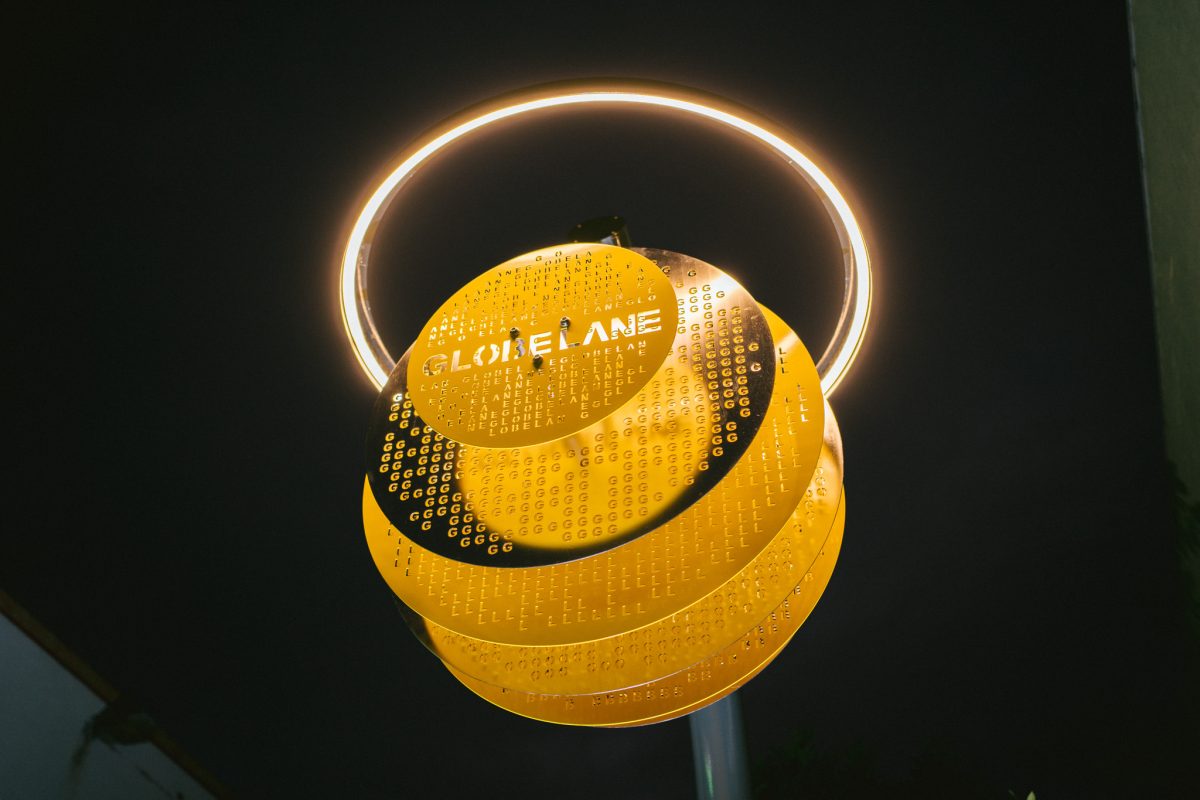
2025: Globe Lane today
Today, a new generation of visitors has embraced this creative corner of the CBD, with unique small businesses stamping their own personality on the space.
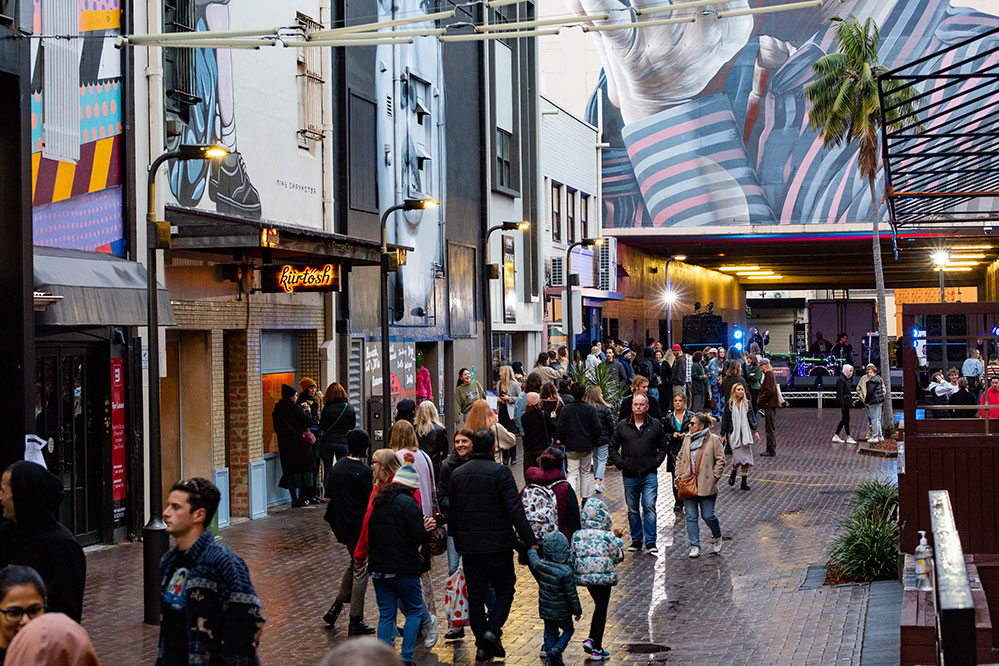
Learn more about our local history at the Illawarra Museum, 11 Market Street, Wollongong.
Top of page banner image: The Mercury Fountain in action at Globe Lane, 1980. Image credit Wollongong City Libraries.

